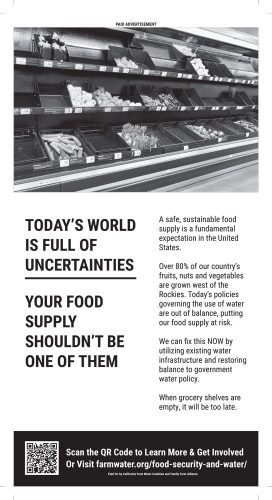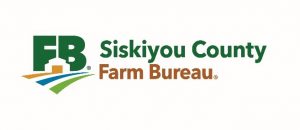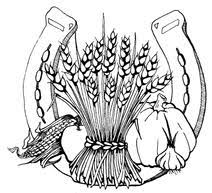Jump to:
IT’S NOT JUST GLOBAL UNREST THAT’S PUTTING OUR FOOD SUPPLY AT RISK
IT’S ALSO GOVERNMENT POLICIES THAT DENY FARMERS ACCESS TO WATER
Holding back available water from farms and wildlife refuges harms families, habitat, local jobs, community security, and the food production Americans depend on.

At the G-7 summit in Brussels, President Biden said “real” food shortages are coming.
But our government continues to deny farmers access to the water needed to grow our food.
“Today’s crises stem from decisions made in 2021, when the Bureau of Reclamation determined that the [Klamath] project would receive a zero water allocation for wildlife refuges or Project agriculture.”
Geri Byrne, Modoc County Supervisor
The ongoing drought is difficult for everyone – but the regulatory bureaucracy makes it worse.
By refusing to recognize the importance of a safe, affordable, food supply and restore balance to their water policies, bureaucrats are endangering America’s food supply chain.
U.S. consumers must insist on domestically grown food in our stores
If we don’t, we will see more food shortages and higher prices as well as greater reliance on increasingly unstable foreign sources.
Grocery items that could go missing from the store if we continue to starve western agriculture of water:
Grapes & Wine
Lettuce & Salad
Potatoes & French Fries
Tomato Sauce
Garlic & Onions
Artichokes
Tangerines & Oranges
Lemons & Limes
Wheat
Hops & Barley
Peaches & Nectarines
Olives & Other Oils
If items don’t go missing from stores completely, consumers can expect more of the higher prices already crushing many families.

Families are already facing rising food costs. In 2021, average food prices rose nearly 8 percent- the largest increase in almost 40 years.
In 2022, The U.S. Department of Agriculture anticipates continuing widespread increases in food costs both at home and in restaurants.
Food price increases in 2022 are now expected to exceed those observed in 2020 and 2021. Without changes in water policy, it will continue to get worse.
Some of 2022’s anticipated food price increases compared to last year’s prices.
Fruit and vegetables 3.5-4.5%↑
Poultry 6-7%↑
Eggs 2.5-3.5%↑
Dairy 4-5%↑
Beef 3-4%↑
Sugars and Sweets 3-4%↑
Cereals and Baked Goods 3-4%↑
Non-Alcoholic Beverages 3.5-4.5%↑
Cooking Oils and Fats 6-7%↑
Beef, poultry and dairy products will also be in shorter supply and cost more.
Livestock depend on supplemental feed supplies, like alfalfa or other hay, during droughts when rangeland doesn’t provide the feed they require.
Supplemental feed keeps livestock production consistent but it requires dependable water supplies to do so.
Without water for feed, beef, dairy and poultry products become more scarce causing consumer prices to rise even more.
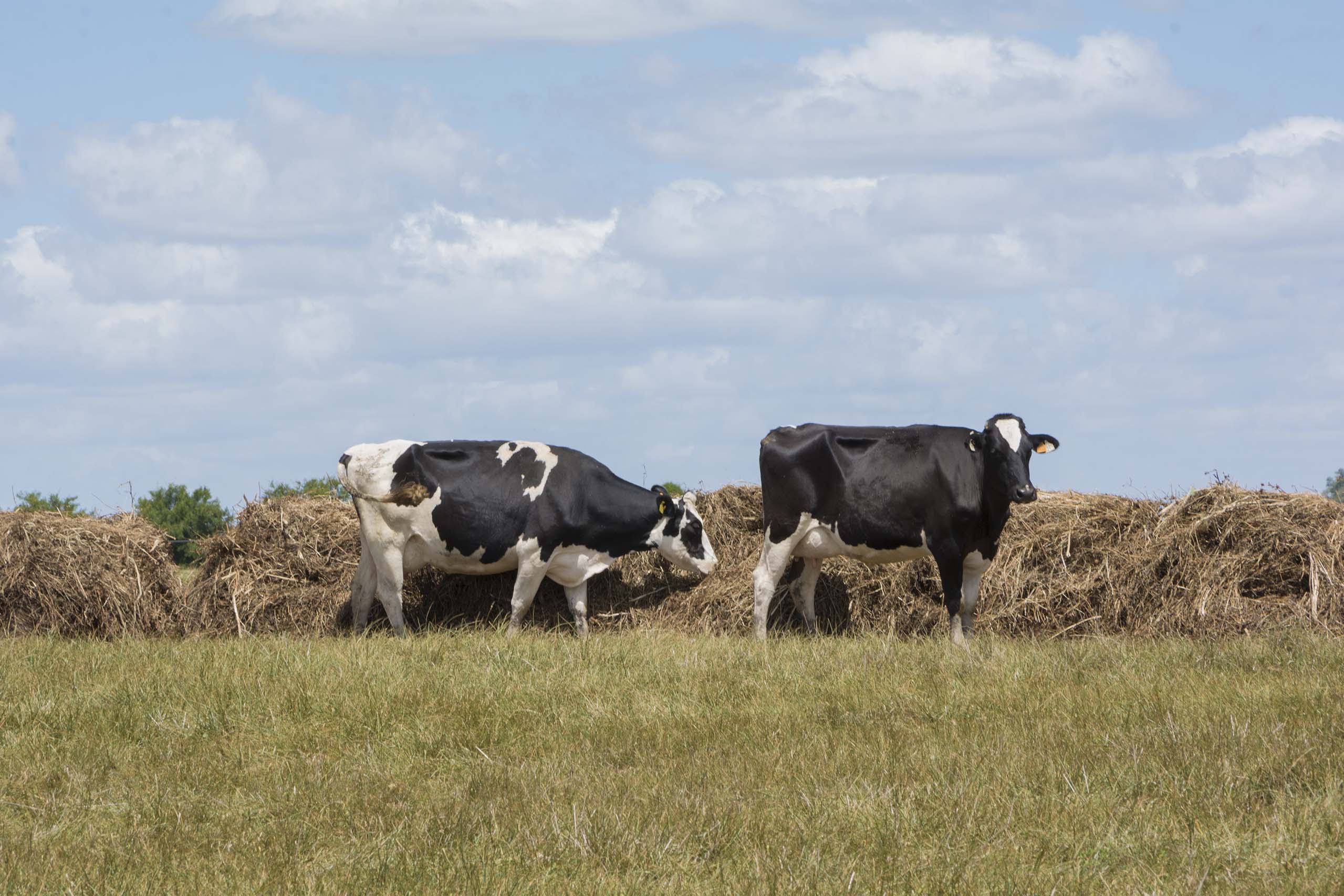
Current water policy is creating deserts where food used to be grown, which makes climate change worse and helps perpetuate the cycle of drought and wildfires. Irrigated farmland helps slow the effects of climate change.
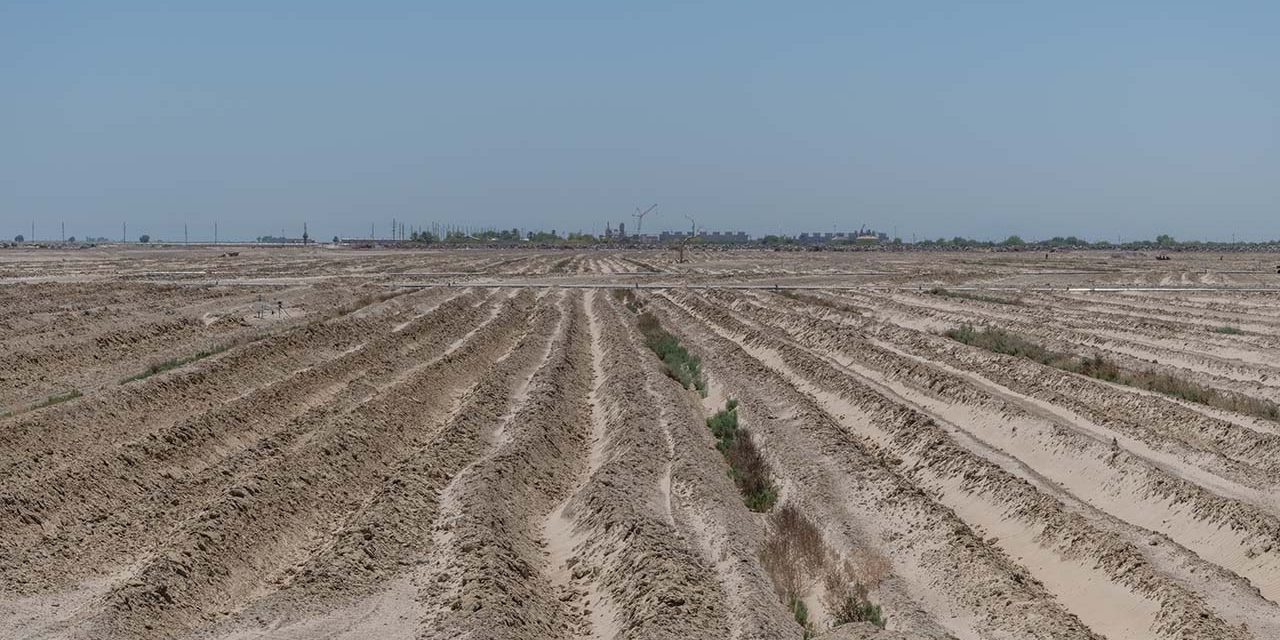
“Plants, through photosynthesis, and soils sequester roughly a third of carbon dioxide emissions released into the atmosphere each decade. During photosynthesis, plants open tiny pores on their leaf surfaces to suck carbon dioxide from the air and produce their own food.”
This study reports a direct link between increased photosynthesis and increased global carbon storage.
Western farms are very water-efficient and many farmers have decreased water usage by double digits since 1980.
Farmers have spent billions to make their farms more water-efficient and eco-friendly. Just some of the innovations include expanded use of drip, micro-sprinkler and subsurface irrigation; using sensors that monitor soil moisture, temperature, and crop water use; recycling irrigation water; and installing solar-powered equipment that dramatically improves water management efficiency. And new technology in the works will make western farms even more efficient in years to come.
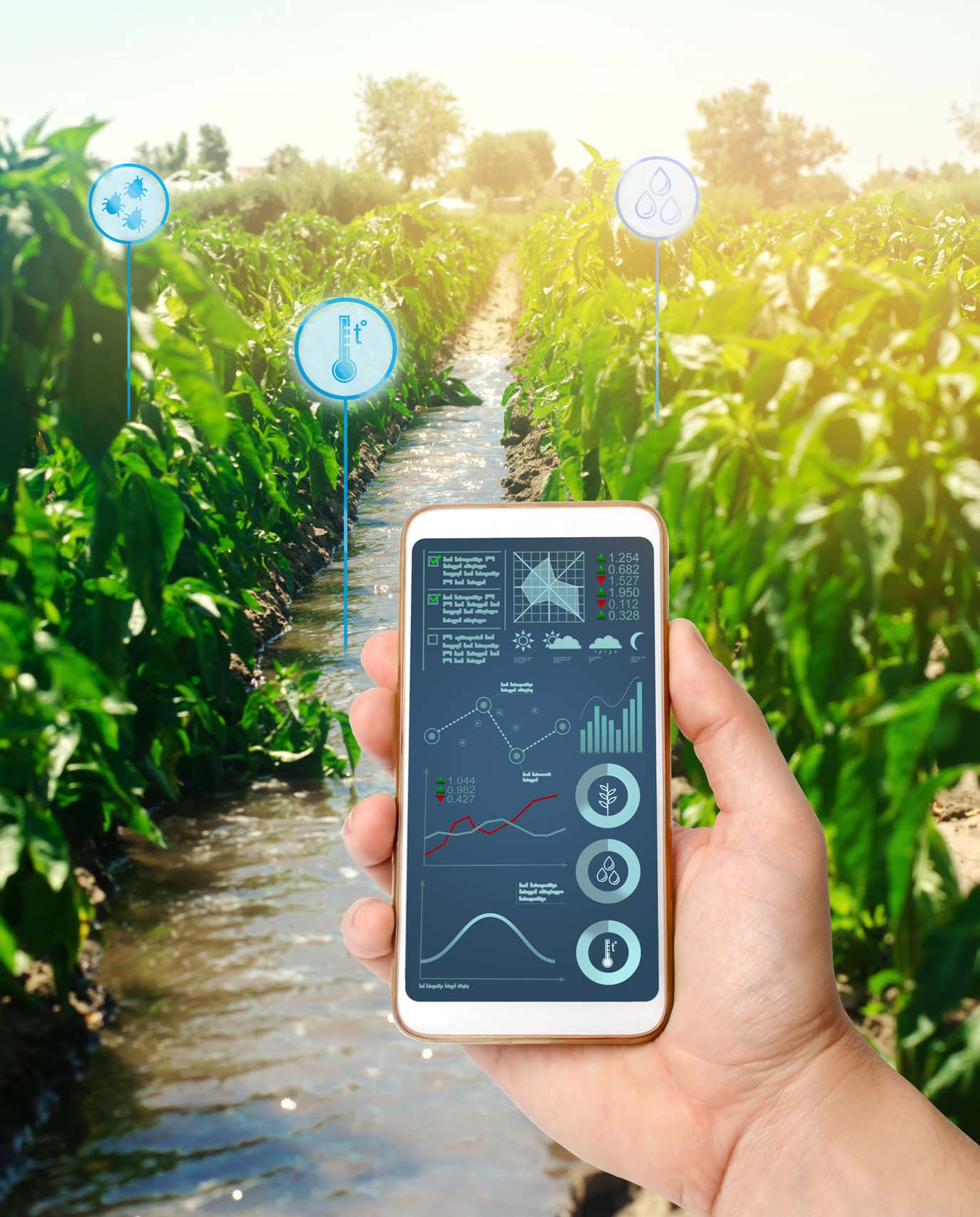
Western agriculture cannot simply be moved elsewhere. The unique combination of climate, soil, and other factors give it the ability to provide a diverse array of crops in quantities that cannot be replicated in other regions.
In the face of food shortages, we need western farms producing at capacity.
In California, there is a “100-mile circle” of farmland that produces a wide variety of food products in significant amounts due to unique climate, soil and other factors. “The region stands as a striking example of how a relatively small area can make an extraordinary economic difference.” This pattern is re-created throughout the Western U.S., when combined, produces the lion’s share of our food supply.
From “A 100-Mile Circle Fighting to Preserve America’s Food Independence,” Spring 2021
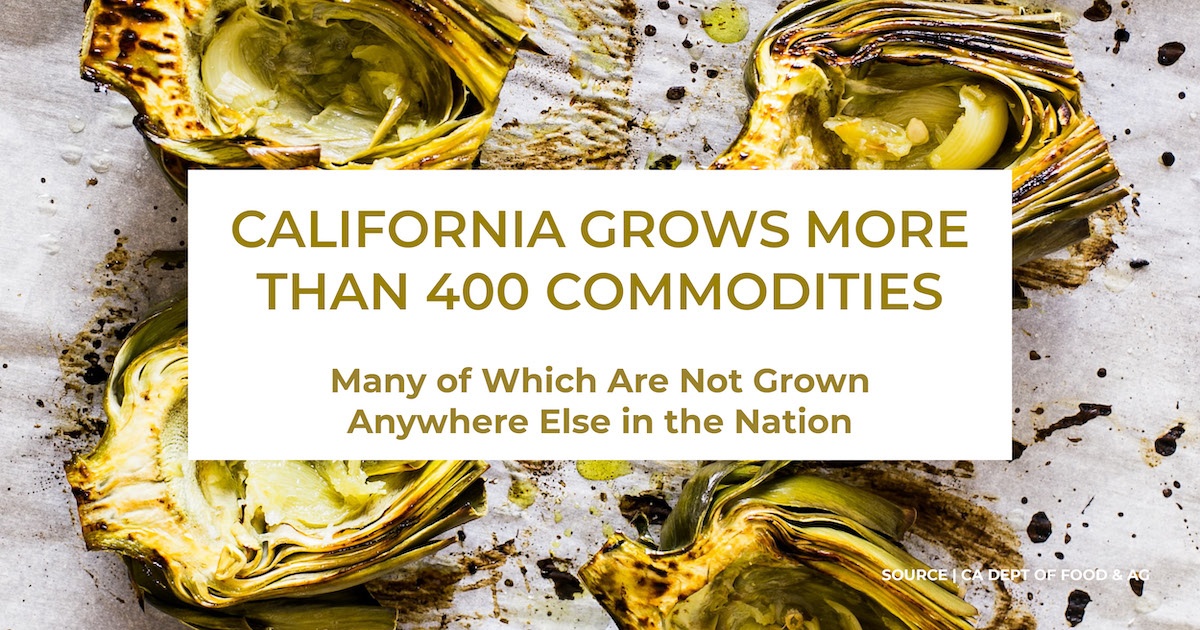
In the short term, we should learn more about the contributions of irrigated agriculture to America’s economic and national security.
Farms in the west help to improve the quality of life for all Americans by providing the safe, affordable foods and fibers we all rely on.
The full magnitude of the Irrigated Agriculture Industry’s contribution to the economy is rarely, if ever, quantified in terms of total household income for the Western region.
It’s something the Family Farm Alliance has done 3 times in the past 20 years.
Developed by the Pacific Northwest Project for the Family Farm Alliance, the latest report describes the remarkable contributions Western irrigated agriculture makes to the national economy, household income, and the ability for U.S. consumers to pay less of their disposable income on food than anywhere else in the world.
The national/world food security issue is clearly and rapidly gaining much greater public and political awareness. This report also clarifies the broader link between food security and national economic prosperity.
The brief Family Farm Alliance report – “A Wake-up Call to Our National Leaders from an American Rancher” – further describes current and projected food shortages resulting from the Russia-Ukraine war and explains that food security is something that Alliance leaders have warned policy leaders about for over fifteen years.
In the long term, we must move quickly to build new infrastructure that has been funded at both the federal and state levels.
It will help us meet the demands of climate change and avoid the constant boomerang between drought and deluge.
Get Involved
Share This Page
Program Sponsors
| Animas-La Plata Water Conservancy District | Hammonds Ranch | |
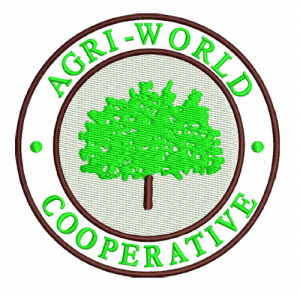 | Clackamas County Farm Bureau | Hickey Organics |
Bair Farms | Clinton Pline | |
Balin Ranches |  | Kansas Bostwick Irrigation District |
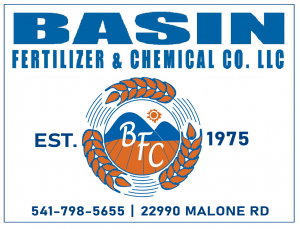 | Coos-Curry County Farm Bureau | 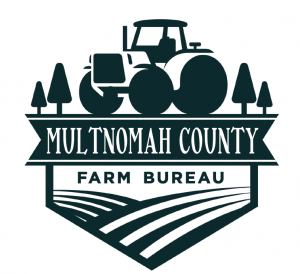 |
| Bill Diedrich |  | 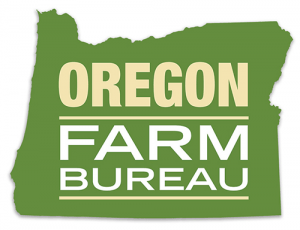 |
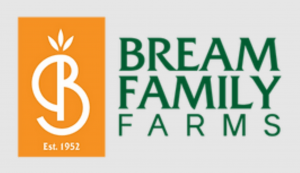 | 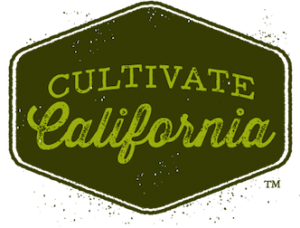 | 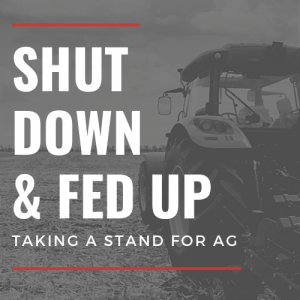 |
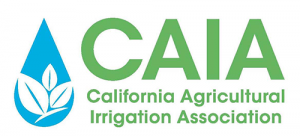 | DDT Farming Services |  |
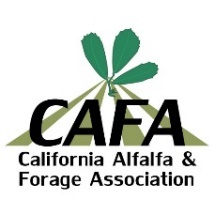 |  | Tristan Allen |
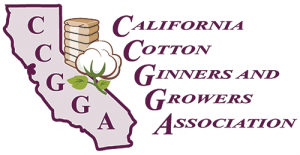 | 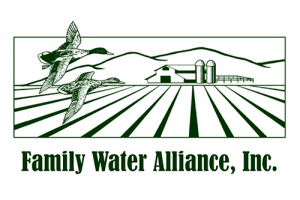 | 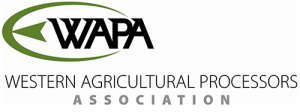 |
 | Fleming Farms |
